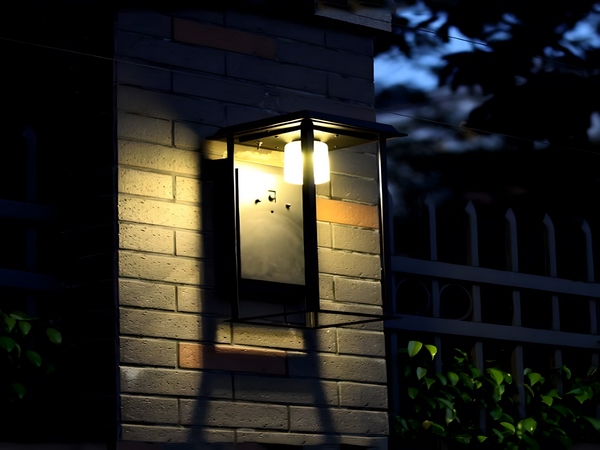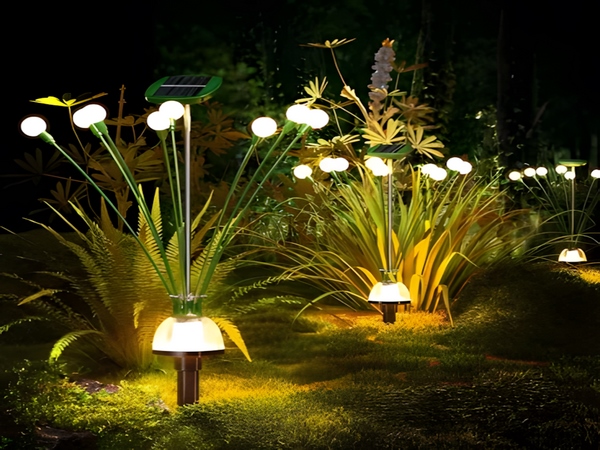
Solar street lights are a new type of energy product that is energy-efficient and environmentally friendly. They do not require wiring, buried cables, or generators. They generate electricity using natural wind and sunlight, which makes this new type of product highly favored by the public. The solar street light systems produced by Bitpott Lighting Manufacturer have good quality and stable performance, ensuring customer satisfaction. So, how should solar street lights be maintained and cared for in daily use? Here, we will discuss maintenance tips.
Regular cleaning is one of the key factors that can extend the lifespan of the solar panels. By maintaining the cleanliness of the solar panels daily, the conversion rate remains stable, which can also reduce the power needed from the solar panels, significantly saving on investment costs.
It is important to check the solar panels of the solar street lights daily for dust and fallen leaves that may obstruct them. If any obstructions are found, they should be addressed promptly to ensure adequate light absorption and maintain the photoelectric conversion rate.
The internal components of the solar street light fixtures should be securely connected to avoid loosening due to wind and prevent contact failure. The fixtures should be reliably fixed to the poles, and the poles should be securely attached to the arms. Installation procedures must be strictly followed. Special attention should be paid to the surrounding power lines, other wiring, and nearby structures during installation.

Additionally, please note the following:

1. Generally, clean the dust with a clean feather duster gently, being very careful.
2. For non-metal solar lamps, a damp cloth can be used for cleaning, but take care not to wipe the power lines.
3. For metal light fixtures, simply wipe them with a dry cloth, ensuring they do not get wet.
Pay attention to the aesthetics of the solar street light poles after installation. From the foundation construction onwards, ensure the light positions are aligned with the main line for proper linearity, and adapt to the road design’s curvature. The light poles should be straight, and processing welds and maintenance openings should be positioned away from the main direction, maintaining uniformity throughout the installation.



